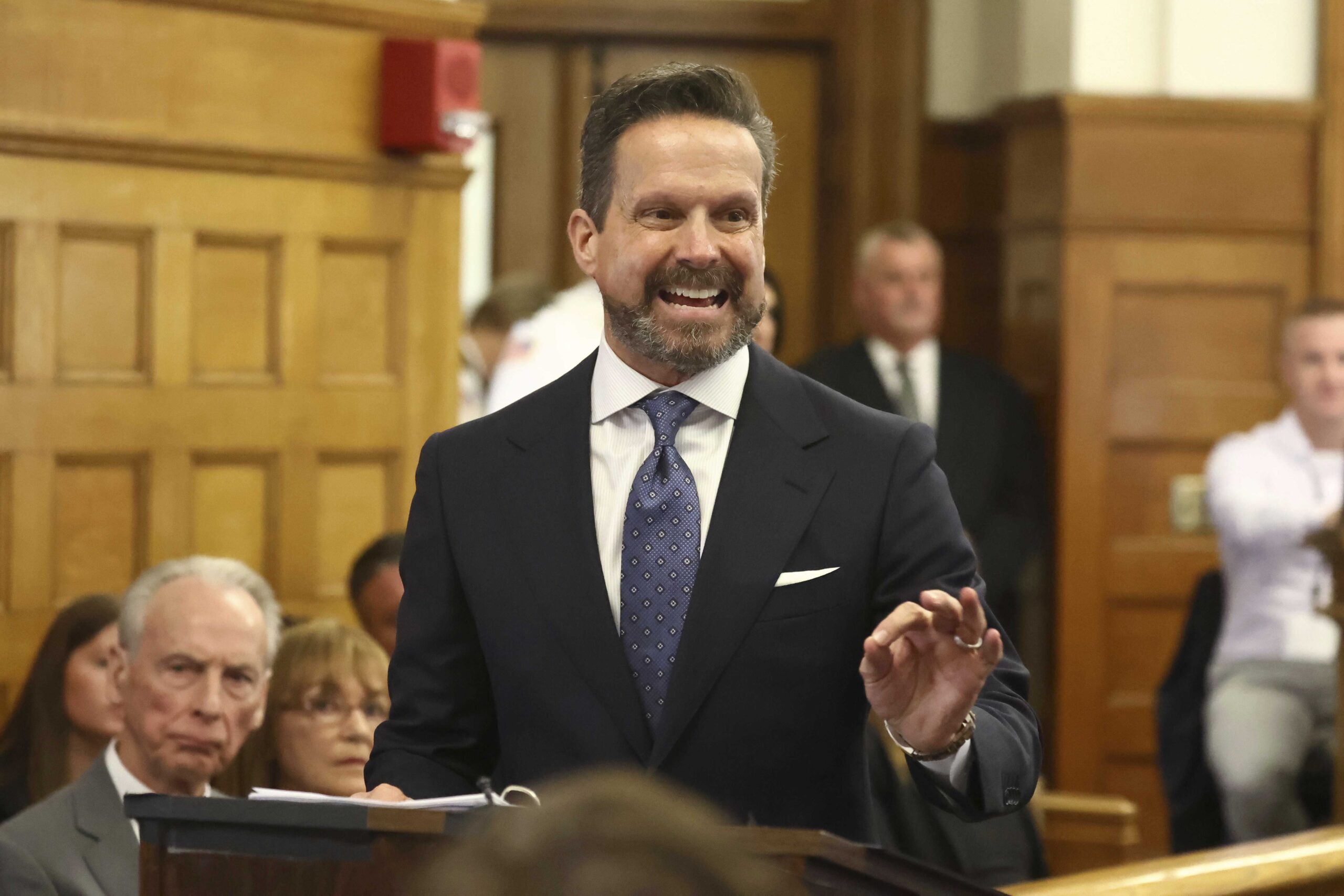Student debt in the United States has reached a staggering $1.6 trillion in 2023, making it the third-largest source of household debt after mortgages and auto loans. This burgeoning figure reflects a more than 500% increase since 2004, driven by rising tuition costs and a growing number of Americans pursuing higher education. With such daunting numbers, graduating with minimal debt might seem impossible. However, many students are finding ways to earn their degrees without shouldering overwhelming financial burdens.
The Truth About Student Loans: How to Graduate with Minimal Debt

Understanding the Student Debt Landscape
The surge in student borrowing is not only impacting young graduates but also older Americans who are carrying student loans much longer than previous generations. Currently, 21% of households have student debt, a significant rise from 10% in 1992. The financial strain of these loans affects life milestones, delaying homeownership, small business development, and even retirement savings.
Strategies to Minimize College Debt
Despite the statistics, it’s possible to graduate with little to no debt by employing strategic approaches to college financing.
1. Choose a Cost-Effective Institution
Selecting a college with lower tuition fees can substantially reduce the need for borrowing. Consider attending a community college for the first two years and then transferring to a four-year university. This path can lead to significant savings while still providing a quality education.
2. Maximize Advanced Placement Credits
High school students can take Advanced Placement (AP) courses to earn college credits before even stepping foot on campus. By utilizing AP credits, students can graduate early or reduce their course loads each semester, decreasing tuition costs.
3. Apply for Scholarships Year-Round
Scholarships aren’t just for incoming freshmen. Continually searching and applying for scholarships throughout college can provide additional funds. Websites, local organizations, and college financial aid offices are valuable resources for finding scholarships relevant to your field of study or background.
4. Become a Resident Advisor
Becoming a Resident Advisor (RA) often comes with benefits like free or reduced room and board. This role not only saves money but also builds leadership skills and enriches the college experience.
5. Work While Studying
Balancing a job with coursework can help cover living expenses and reduce reliance on loans. Many colleges offer work-study programs or part-time positions that accommodate students’ schedules.
6. Borrow Only What You Need
It’s crucial to borrow conservatively and align your total student loan debt with your expected annual starting salary. This approach ensures that repayments remain manageable after graduation.
7. Make Payments During School
If possible, start making student loan payments while still enrolled. Even small contributions can reduce the overall interest accrued, lowering the total cost of the loan over time.
The Benefits of Graduating Debt-Free
Graduating with minimal or no debt allows for greater financial freedom post-college. It enables graduates to pursue careers they’re passionate about without the pressure of high loan repayments. Additionally, it facilitates earlier achievement of life goals such as marriage, homeownership, and retirement savings.
The Economic Impact of Student Debt
High levels of student debt have broader economic implications. They are dampening homeownership among young adults and hindering small business growth. By minimizing personal debt, graduates not only improve their financial standing but also contribute positively to the economy.
Conclusion
While the challenge of funding a college education is significant, it’s not insurmountable. By making informed choices and taking proactive steps, students can navigate their college years with financial savvy and emerge with degrees that empower rather than encumber them. The key lies in understanding the financial landscape, exploring all available resources, and committing to strategies that minimize debt.











